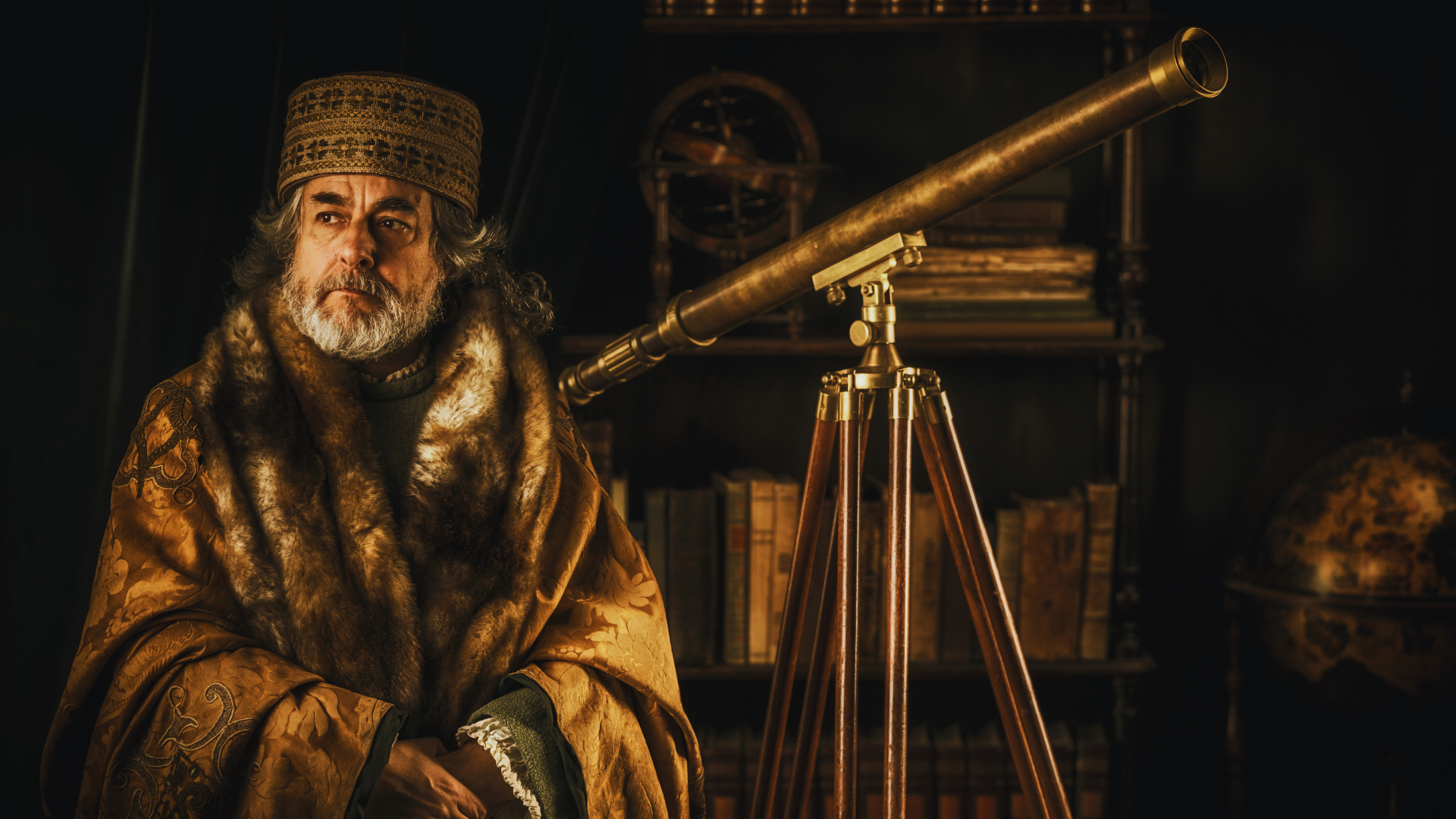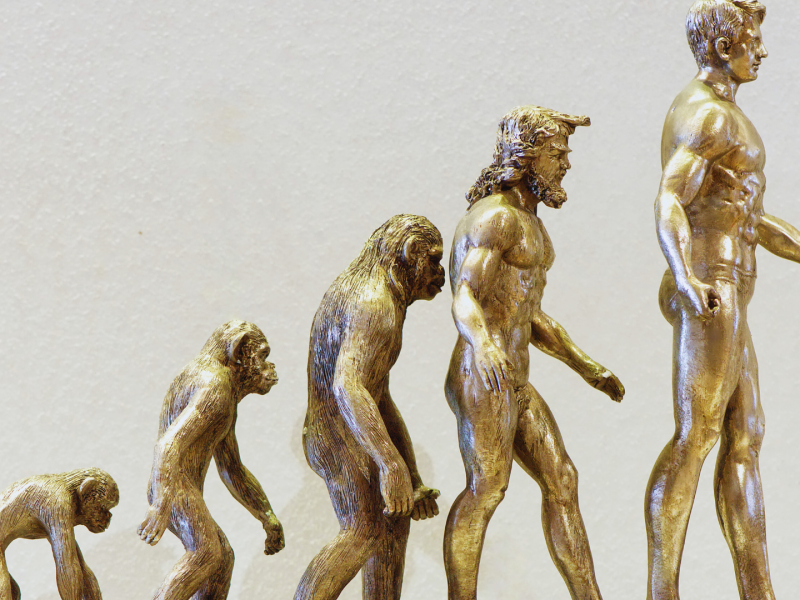The history of early astronomers reveals how humanity began to understand the universe’s complexities. From ancient civilizations observing celestial patterns to influential figures like Galileo and Copernicus, each contributed to the foundation of astronomy as a natural science. Their observations and theories shaped our comprehension of planetary movements, the structure of the cosmos, and the very laws that govern celestial bodies.
These pioneers faced countless challenges as they pushed the boundaries of knowledge in a time when such inquiries were often met with skepticism. By employing tools like the astrolabe and developing innovative methodologies, they laid the groundwork for modern astronomy. Their intellectual courage not only advanced scientific inquiry but also shifted societal perspectives on humanity’s place in the universe.
The stories of these astronomers illustrate the evolution of thought and the relentless quest for understanding that continues to this day. Their legacy is a testimony to the power of curiosity and the human spirit’s drive to explore the unknown.
Origins of Astronomy in Ancient Civilizations
The origins of astronomy trace back to ancient civilizations that utilized celestial observations for various practical purposes. These early astronomers relied on the night sky to develop calendars, timekeeping systems, and agricultural practices, establishing a foundation for modern astronomy.
Prehistoric and Neolithic Astronomical Practices
Prehistoric people observed celestial bodies to mark seasons and agricultural cycles. Structures like Stonehenge serve as evidence of these early astronomical practices, aligning with celestial events such as the summer and winter solstices.
Archaeoastronomy reveals how ancient cultures tracked the solar year and significant astronomical events. They created rituals and calendars based on these observations. The recognition of constellations and their patterns played a vital role in navigation and timekeeping.
Mesopotamian and Babylonian Contributions
In Mesopotamia, the Babylonians made substantial advancements in astronomy. They developed one of the first organized systems of celestial observation, recording astronomical phenomena on clay tablets. These records included celestial omens, which were believed to influence daily life.
Babylonian astronomers crafted detailed astronomical diaries that tracked planetary movements and lunar cycles. This meticulous documentation allowed them to create a lunar calendar and produce one of the earliest star catalogs. Notable observations included the planetary positions, which were crucial for their astrological practices.
Development in Ancient Egypt and Mesoamerica
Ancient Egypt demonstrated a profound understanding of astronomy, especially in architecture and timekeeping. The pyramids and temples were aligned with celestial bodies, and the Dresden Codex later documented their solar and lunar observations.
Mesoamerican civilizations, particularly the Mayans, made significant strides in astronomy. Like the Egyptians, they created calendar systems based on careful observations of celestial events. Their detailed records extended to eclipses and planet movements, aiding in agricultural planning and religious practices. These contributions highlight the essential role of astronomy in ancient societies.
Classical and Hellenistic Advances in Astronomy
During the Classical and Hellenistic periods, astronomy saw significant advancements. Greek astronomers laid the groundwork for astronomical models, while notable figures contributed essential discoveries. This era also saw the transmission of knowledge to the Romans, influencing future astronomical thought.
Greek Astronomers and the Development of Models
Greek astronomers pioneered the systematic study of celestial objects and phenomena. They developed the geocentric model, placing the Earth at the center of the universe. This model was articulated by figures such as Claudius Ptolemy in his work Almagest, which compiled knowledge on planetary motion and star charts.
Aristarchus of Samos proposed the heliocentric model, suggesting that the Sun, rather than the Earth, was at the center. Though initially overlooked, this idea later influenced later astronomical thought. The use of mathematics to calculate distances and sizes of celestial bodies became a hallmark of Greek astronomy.
Notable Figures and Their Discoveries
Eratosthenes, known for calculating the Earth’s circumference, made significant contributions to understanding our planet’s shape and size. Hipparchus created star catalogs that classified constellations and mapped the night sky, including notable groups like the Pleiades star cluster and the Northern Crown.
The observational techniques developed during this period allowed astronomers to track celestial motions. The phases of Venus were documented, providing further evidence supporting the heliocentric model in later times. These discoveries enhanced knowledge in both astronomy and mathematics.
Roman and Hellenistic Transmission of Knowledge
Roman scholars inherited much of the Greek astronomical tradition, preserving and expanding upon earlier knowledge. They adopted the geocentric model and integrated it into their own systems, influencing calendars and navigation.
Hellenistic influences led to the diffusion of astronomical concepts across the Roman Empire. Latin translations of Greek texts made works by Ptolemy and others accessible. As a result, astronomical knowledge became standardized, contributing to advancements in natural sciences and enabling a deeper understanding of celestial phenomena and the intricacies of the universe.
Astronomical Progress Across Cultures
Various cultures contributed to the development of astronomy, shaping how humans understand celestial phenomena. Key advancements emerged from Indian, Chinese, and Islamic scholars, influencing timekeeping, predictions, and astrology.
Indian, Chinese, and Islamic Astronomers
Ancient Indian astronomers like Aryabhata made significant contributions, formulating mathematical principles for lunar calendars and the solar year. His works included calculations that accurately predicted eclipses and planetary positions.
In China, astronomers such as Gan De and Shi Shen documented celestial events and proposed systems to categorize stars. They recorded a “guest star” in 185 AD, illustrating early observations of supernovae.
Islamic scholars preserved and expanded upon these ideas. They translated earlier texts and introduced concepts like celestial omens into their astronomy. Figures such as Alhazen (Ibn al-Haytham) made notable advancements in optics and observational methods, which impacted later European scholars.
Medieval and Renaissance Transformations
During the Middle Ages, astronomical knowledge in Europe primarily stemmed from translations of Arabic texts. This period saw the integration of various methods for predicting celestial events and astrology.
The European Renaissance sparked a renewed interest in celestial studies. Scholars began challenging geocentric models, leading to revolutionary ideas from figures like Copernicus. His heliocentric theory changed perceptions of the universe and laid the groundwork for future developments.
Astronomy evolved into a more empirical science. Innovations in telescopes and tools allowed for better observation and understanding of the cosmos. The shift from astrology to a more systematic approach marked a crucial phase in the history of astronomy, impacting numerous fields.
Revolutionary Changes and the Foundations of Modern Astronomy
The shift from geocentric models to heliocentric systems marked a significant turning point in the history of astronomy. Key figures and groundbreaking observations contributed to a deeper understanding of the cosmos.
The Copernican Revolution and Beyond
Nicolaus Copernicus introduced the heliocentric model, positing that the Earth and other planets orbit the Sun. This revolutionary idea, detailed in his work De Revolutionibus Orbium Coelestium, challenged the long-held Ptolemaic view centered on Earth.
Following Copernicus, astronomical observations progressed significantly. Galileo Galilei utilized the telescope for the first time, observing celestial objects such as the moons of Jupiter and the phases of Venus. His findings provided concrete evidence supporting the heliocentric model.
The reformulated Gregorian calendar, adopted in 1582, enhanced astronomical calculations by correcting the Julian calendar’s inaccuracies. This shift further solidified the foundations of modern astronomy.
The Role of Key Figures and Breakthroughs
Johannes Kepler built upon Copernicus’ work, formulating the laws of planetary motion. His first law stated that planets move in elliptical orbits, reshaping the understanding of celestial mechanics.
Isaac Newton later synthesized these ideas by introducing the law of universal gravitation. His work explained why celestial bodies move as they do, laying foundational principles for observational astronomy.
Galileo’s studies of sunspots and solar eclipses added to the growing body of knowledge. His observations of lunar motions debunked previous beliefs about celestial perfection. These advancements collectively illustrated the simplicity and elegance inherent in the natural laws governing the solar system.



